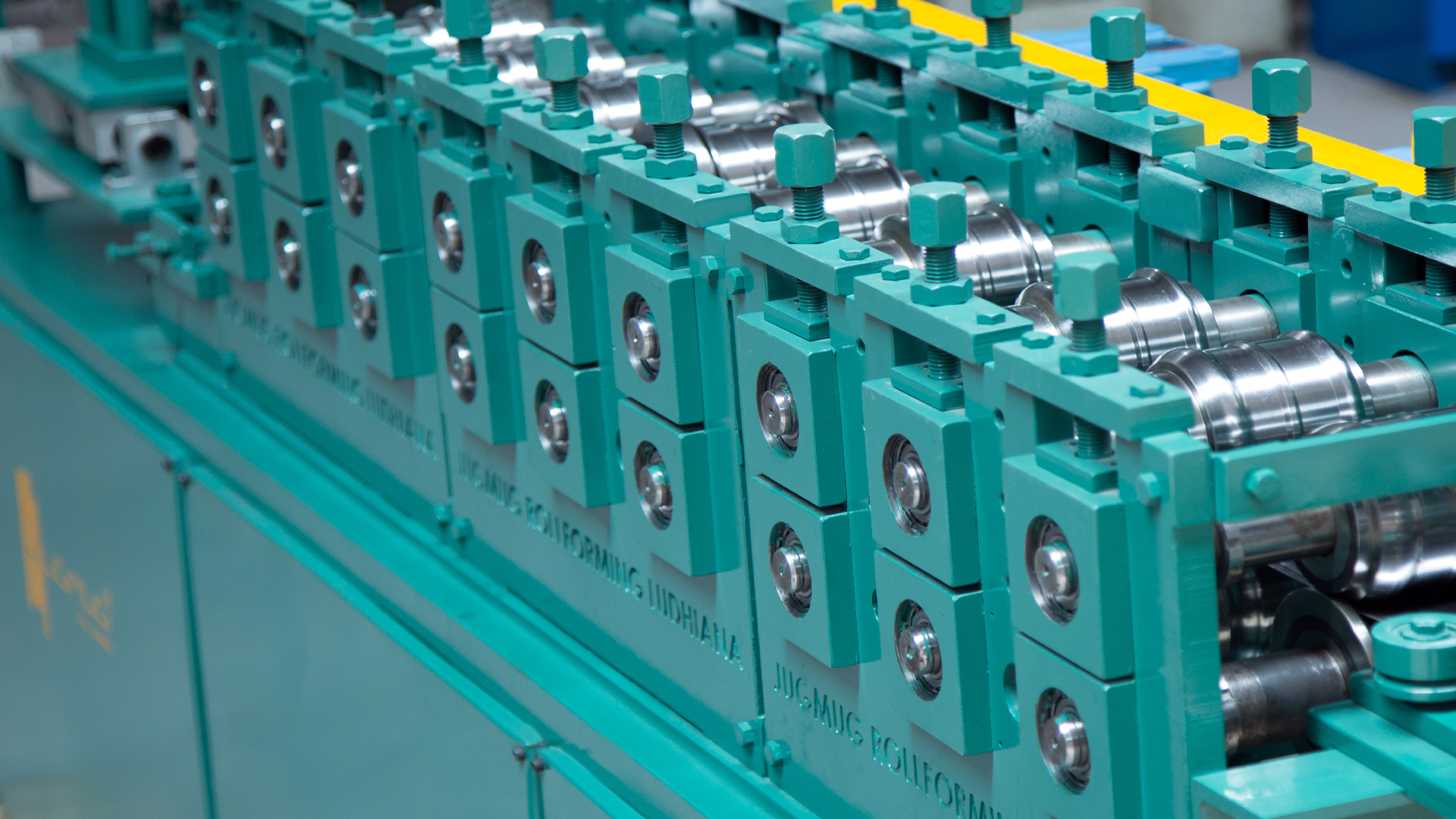Should you decide on Outsourcing Vs In-House RollForming Manufacturing? Seems confused? This is a huge decision that requires consideration of many factors. The final decision is about which fabrication method will produce the best quality at the lowest cost.
Roll forming and in-house forming are two types of metal bending. However, apart from the fact that they share the same process type, they have little else in common.
The end product is what will determine which process you should use. We’ll be taking a closer look at outsourcing roll forming v/s In-house forming this week.
This blog will help you make the right choice for your next project. Here are four things to keep in mind when deciding between roll forming and in-house forming.
1. Design For Metal Fabrication
In-house forming is a one-hit process, so complex cross-sections can take longer to create. In-house forming can only make a limited number of bends, each one requiring a separate hit.
This causes production to slow down, leading to labour, increased time, and additional costs. Roll forming is a method of bending sheet metal into desired shapes.
This method forms complex, linear shapes in one pass, reducing tooling costs and speeding up production. Multiple steps can be eliminated during and before fabrication.
2. Length
In-house forming is similar to stamping in that it cannot make long parts. To make more extended parts, secondary operations are required to join smaller sections of house forming.
This increases product weight and costs by adding fasteners and labour. What material is fed is the most significant difference between in-house forming and roll forming.
The most important thing about in-house forming material is how it is provided. This can increase costs. This makes production more waste-free, more efficient, and less expensive.
3. Material Selection
Material selection is an essential factor that you should consider as it impacts product design and cost control. Certain materials are best suited for specific manufacturing processes.
Let’s begin with cost control. You can save money and optimize your manufacturing process by choosing a suitable material.
Let’s now discuss the different metal fabrication processes. Roll forming and in-house forming can create lighter metals like flat-rolled steel or high-strength, low-alloy steel.
High-strength materials can be difficult for In-house forming due to the difficulty of controlling spring back. We recommend that you choose durable, light metals in all cases.
4. Tooling Costs
The tooling costs are generally similar between roll forming and in-house forming, but it depends on the project.
A general rule of thumb is that the larger the quantity, the lower the per-piece tooling costs for roll forming. Roll forming is more cost-effective than in-house forming if the run is small.
You get a long-term return on your investment by only paying once for the tools upfront and keeping them for future projects.
Summary
These four factors should be considered when making your next sourcing decision. It is crucial to work with a strategic partner in metal fabricators terms that will make your decision easier. Hope you love it finding Outsourcing Vs In-House RollForming Manufacturing
Follow Us: https://www.facebook.com/JUGMUGrollforming/
